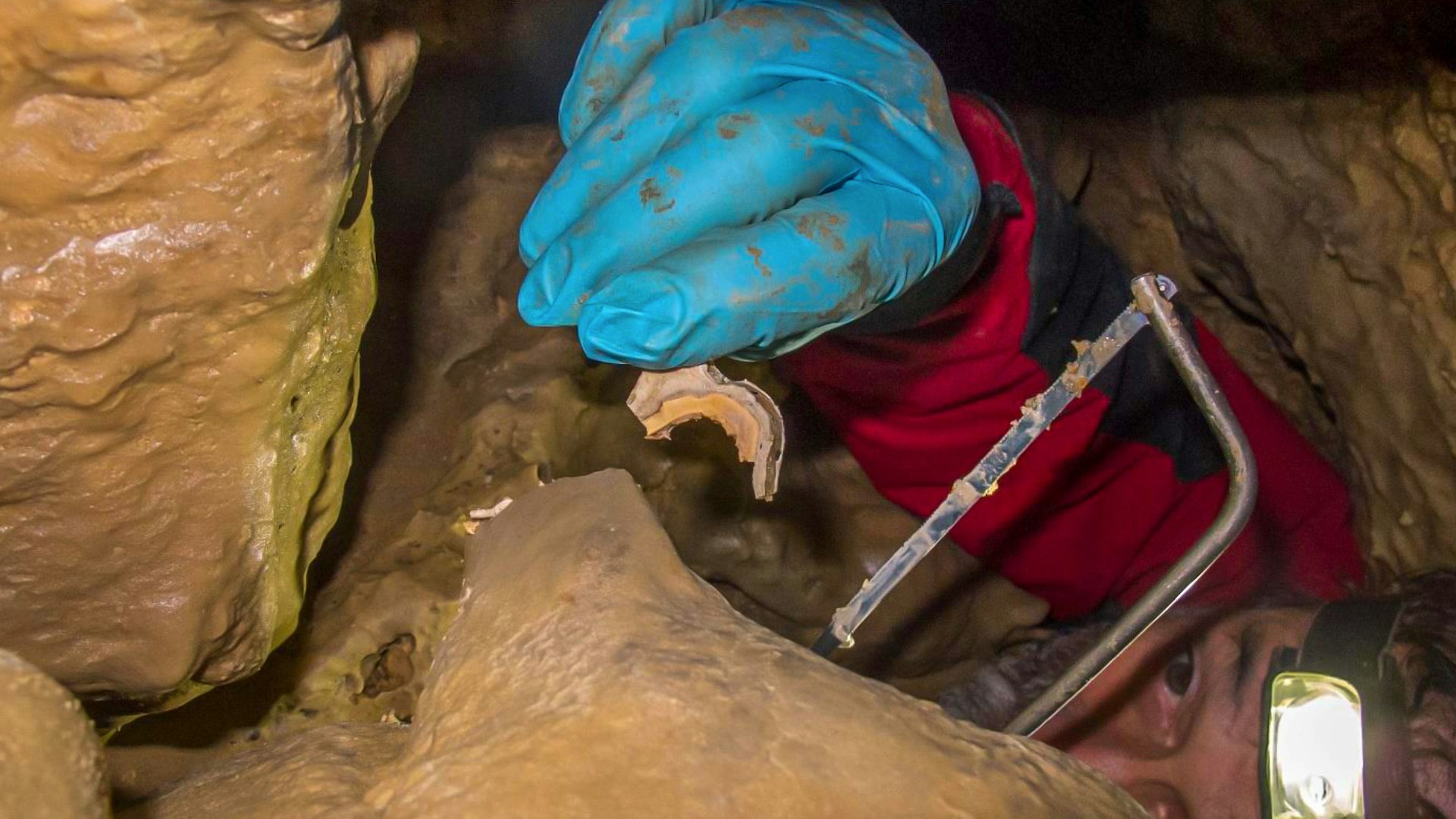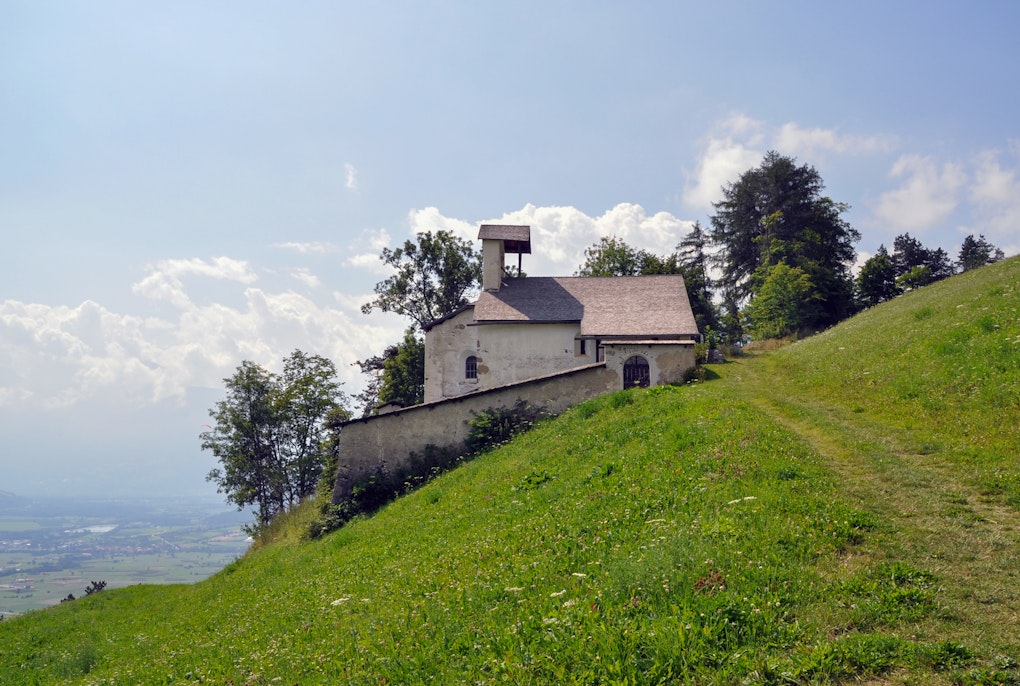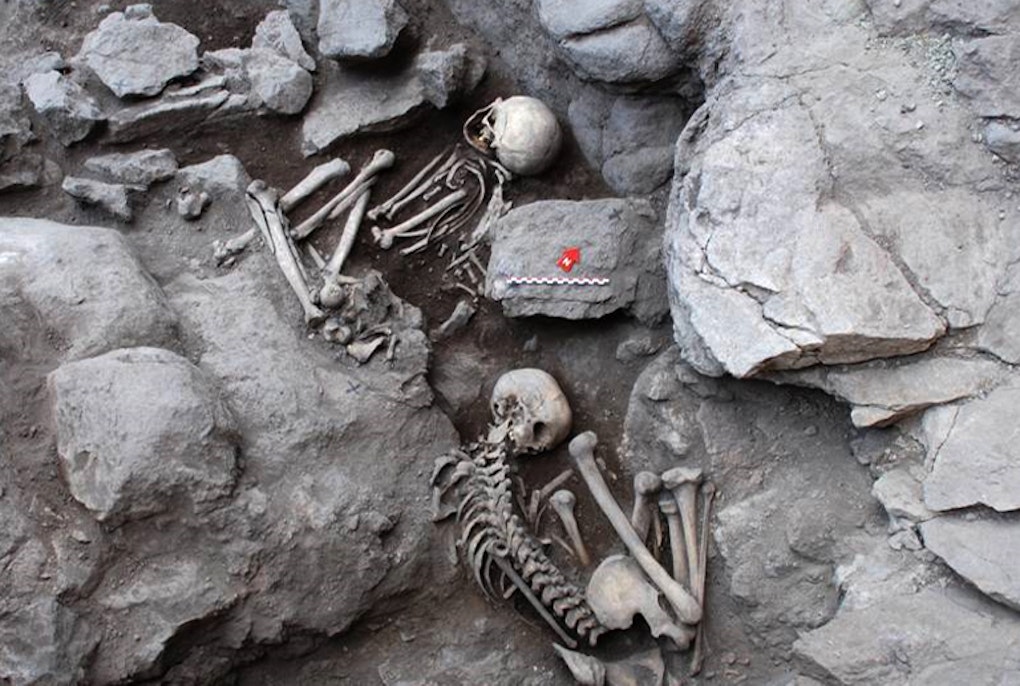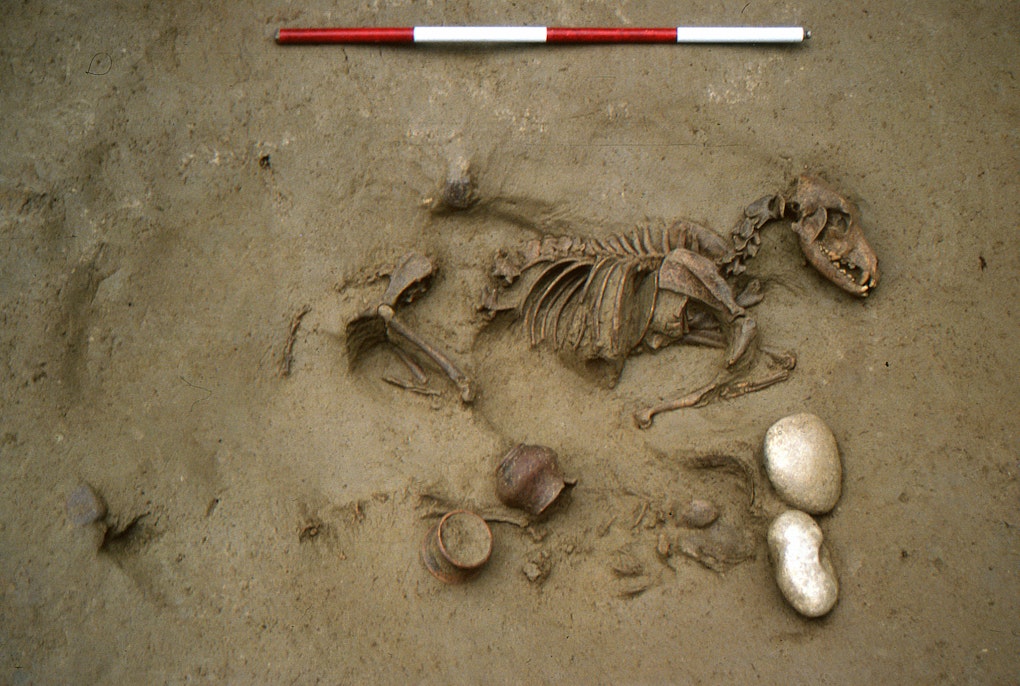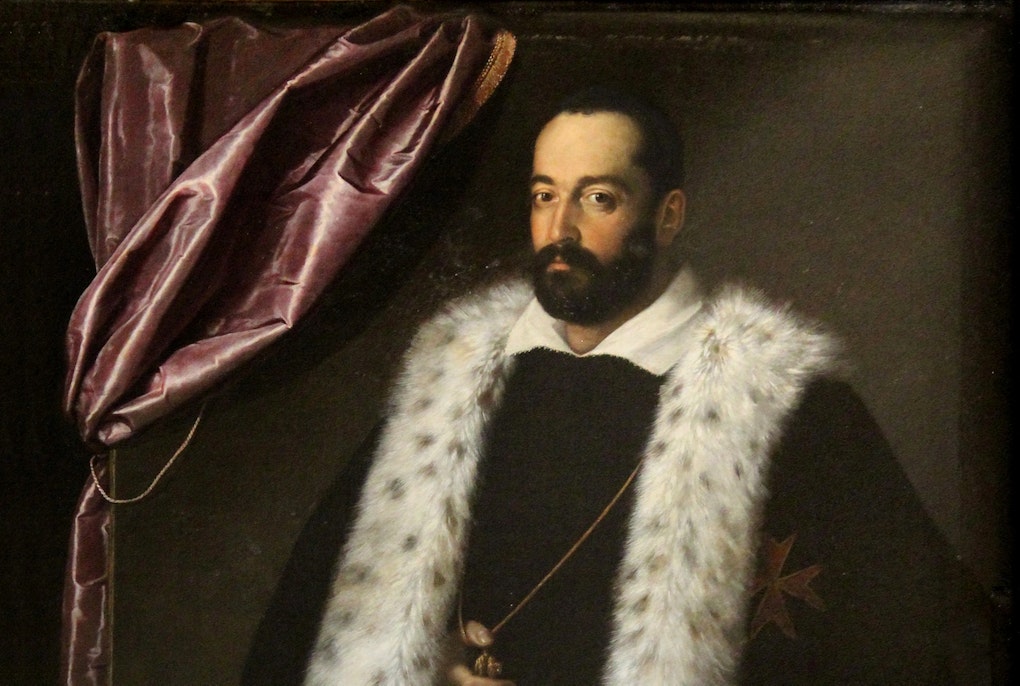magazine_ Interview
Ancient Imprints
From Egypt to Italy via Germany, Mohamed Sarhan’s investigation of plant and soil microbes could change the practice of bioarcheology as we know it.
Recent studies demonstrate the potential to recover ancient human DNA and nuclear DNA from cave sediments. However, the source of such sedimentary ancient DNA is still under discussion. Here we report the case of a Bronze Age human skeleton, found in a limestone cave, which was covered with layers of calcite stone deposits.
The definition of bioarcheology is the study of human remains in archaeological contexts. The results gained through DNA analysis, CT scans and isotopic analysis amongst others, enable us to understand the lives of past humans without the interference of any historical bias. It is the remains themselves which provide the information about the individuals actual lived experiences, not texts or art that could construe a particular and pointed perspective. Looking at these literal bodies of evidence, bioarchaeologists can tell what kind of diets our ancient ancestors had, what diseases they were prone to or suffered from. And as such, skeletal remains provide some of the most direct evidence of past lived experiences. But new discoveries at the Eurac Research Institute for Mummy Studies could challenge this hypothesis, give it a run for its money.
Mohamed Sarhan is a microbiologist and biotechnologist whose background in plant microbiome investigations in his home country of Egypt provided him with the prerequisites for a position at the Institute, where the analysis of microbiome from skeletons and mummies from all over the world and from different historical periods, is undertaken in state-of-the-art labs to gain knowledge not only on population history, but also the development of pathogens and the preservation of archaeological finds.
So how did you jump from plants and soil in Egypt, to a 5,300-year-old mummy in Northern Italy?
Mohamed Sarhan: I would say first of all, I'm Egyptian, so mummies are part of our blood. That said, it is all microbiology basically. I'm a microbiologist who mainly focuses on the cultivation of the microbes. During my masters, we were mainly focused on developing techniques for cultivating new species of bacteria and fungi. Then later I studied bioinformatics to analyze the big data that we usually get from using metagenomics and next generation sequencing. The techniques and science were actually the same needed for the Iceman. I joined Eurac whilst undertaking my as PhD, as a researcher on the Iceman conservation project, by which we wanted to assess the conservation status of the mummy using a multidisciplinary approach, and for that we decided to include some cultivation-based techniques to analyze any possible microbial lives in the Iceman. By employing some of the techniques that we developed during my master’s and using bioinformatic tools, I could work on the ancient microbiomes in much the same way I had for the modern microbiomes, with some other considerations for sure. These techniques can also apply for clinical, soil, or food samples - it's just microbiology.
What can it reveal?
Sarhan: It's very explorative work that we need to see who is who, or what's in there. Whether the microbes are really alive or if there’s still viable microbial cells in the mummy, or if it’s merely remnants of ancient microbes. Once we start to analyze or test to differentiate these groups, we can distinguish the ancient ones independently from the modern or the viable. Then we start to study the viable microbes to assess whether they can harm or degrade the mummy in the future.
Egypt and Bolzano, where else has the quest for ancient microbiomes taken you?
Sarhan : Ha! The next stop was Germany, we have a partner in the University of Tübingen who approached the Institute to ask for help in analyzing some human remains that were found in the Wimsener water cave in in Baden-Württemberg, Germany. It was part of scientific documentary project for a TV show called Terra X. They found some seemingly ancient remains of a human skeleton embedded with the cave’s speleothems - geological formations caused by mineral deposits and based on the anthropological analysis and the bone morphology, they couldn't classify the gender. So, they approached us for an analysis based on molecular techniques. We received the samples from the university and started our investigation. The bones were covered with a layer of calcite deposits. And since I’m a microbiologist, I was interested in analyzing both the stone part together with the bone itself to see whether certain, very specific microbes were inhabiting these particular niches, from a pure ecological perspective. And due to the provenance of the find, we were able to also find some interesting water microbes, or water specific microbes. And after some discussions with my supervisor, Frank Maixner, we decided it would be interesting to also analyze the human DNA on the calcite deposits on these bones. Astonishingly, by analyzing this, we managed to find the entire Mitochondrial DNA. The information was exactly the same as what we got from the bones themselves. It was an ah-ha moment which started a new chapter. Somehow with deeper validation of this method, in the future, it might no longer be necessary to have to use the actual bones at all.
Amazing. Is this dependent on the porosity of the surrounding material, do you think different materials withhold as much information?
Sarhan Sure. But it also depends on the state of the bone, or the tissue or type of the human remains. The bone itself, as a matrix can also have all the DNA information, because of the negative charge of the DNA and the positive charge of the calcium present in the bone. This situation offered let's say an affinity of the DNA to the bone metrics. And since we also have the stone layers surrounding the bone, it could even potentially have a greater impact - perhaps more even than the bone alone, because there, you could have more positive charges which means that the DNA is drawn to the stone (a bit like water is to a sponge).
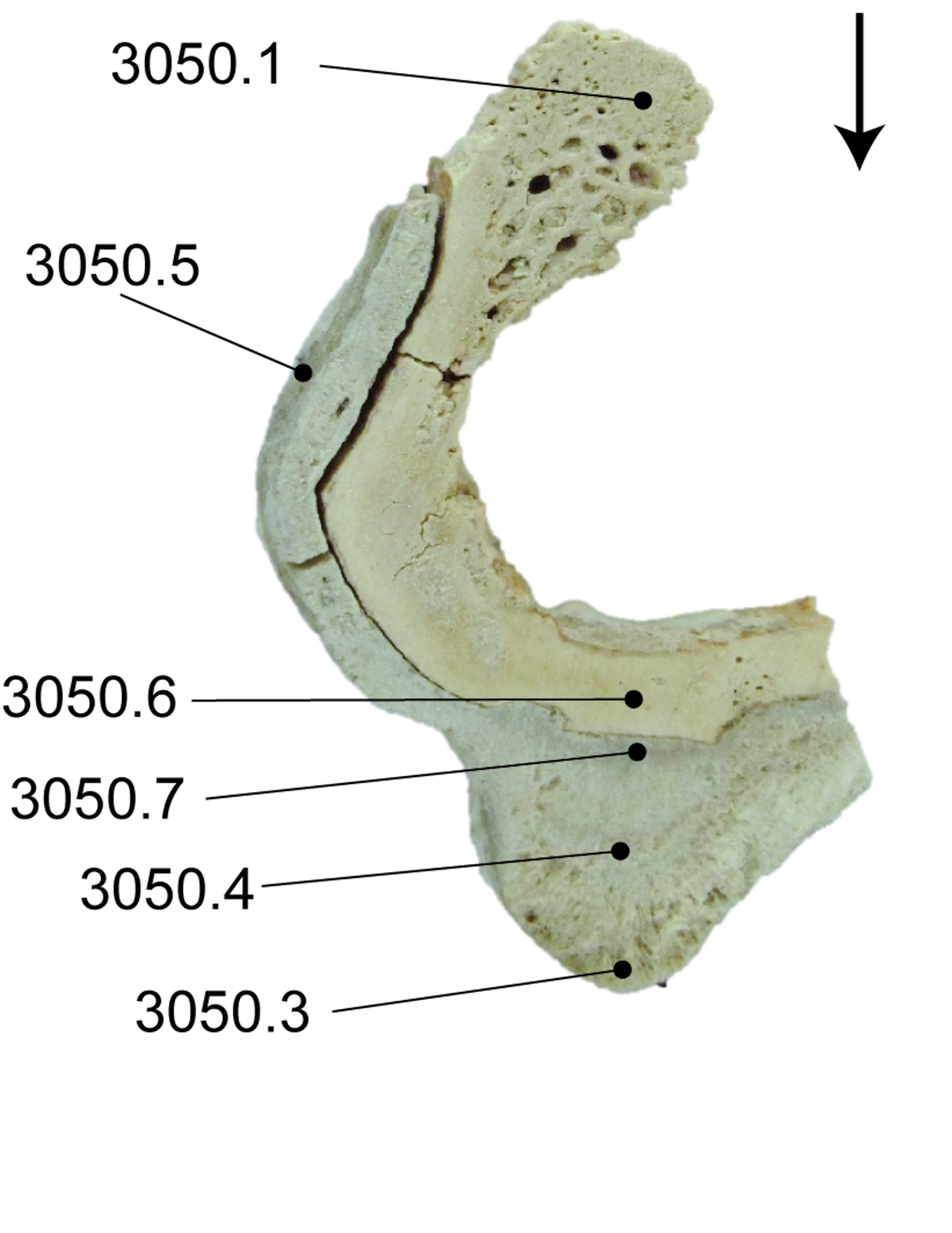
Have you executed these investigations elsewhere?
Sarhan: Well, we also analyzed a mummy from Basel, Switzerland, Anna Catharina Bischoff - an 18th-century clergyman's wife and recently discovered relative of someone rather surprising... She was discovered under Basel's Barfüsser Church in the 1970s during renovations. And was so well preserved due to high levels of mercury she had probably been treated with while alive. We examined the clothes and textiles found underneath the mummy. And there also, we managed to find not only some human DNA from the mummy but also some microbial DNA. What was particularly revealing was that we reconstructed the genome of a microbe that we assumed that was part of her diseased life, not just the human DNA, but the pathogen that likely caused the death of the mummy.
It was an ah-ha moment which started a new chapter. Somehow with deeper validation of this method, in the future, it might no longer be necessary to have to use the actual bones at all.
Mohamed Sarhan
NO way – just from her clothes, that’s nuts!
Sarhan: Way. And there’s more. By analyzing the Iceman for example, using the water collected from the mummy itself, which is kept in a refrigerated and humid chamber so as to replicate the conditions which preserved him for over 5000 years, we found some human DNA. From the Iceman’s inevitable moisture loss, we managed to reconstruct some parts of the microbiome, the whole Mitochondrial DNA, and also some parts of the Iceman genome - just from the water.
The implications are immense. What’s next?
Sarhan:These were different samples, mummified by different methods and preserved by different conservation conditions. Each of these remains are also in very different in terms of the degree of their conservation. Now we need some validation of the methods and to extend analysis to more samples. To test it even under other mummification conditions and maybe even to use this technique on some Egyptian mummies. With Egyptian mummies there are barriers to gaining or extracting indigenous human DNA. Maybe we can use this as a validated method to be able to really suggest that you can analyze the human DNA without touching the human object themselves, it’s a more ethical approach as well.
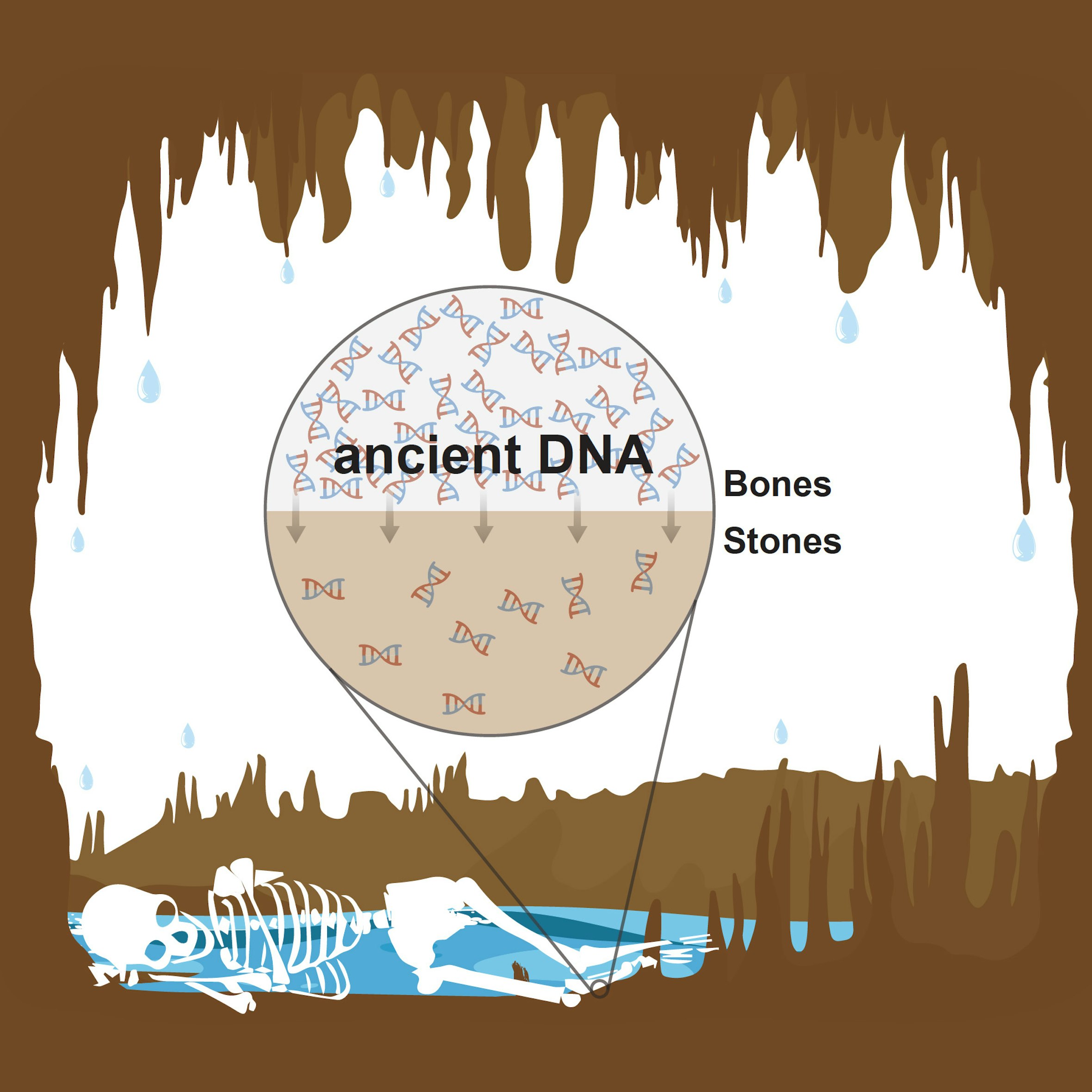
About the Interviewed
Before joining the ranks at the Eurac Research Institute for Mummy Studies, Mohamed Sarhan did a bachelor’s degree in biotechnology, a microbiology master's, and a master's diploma in plant pathology and integrated pest management at Cairo University and Leibniz-IGZ and Bari’s CIHEAM-IAMB . As a PhD student, he went on to study internal microbiomes, and meta-genomics. His background garnered him a position in the team undertaking a conservation project on Ötzi, where his role saw him analyzing the conservation of the Iceman and carrying out micro-biological assessments of the mummy’s status to give recommendations on techniques for future conservation approaches for the Iceman’s equipment and tools.
